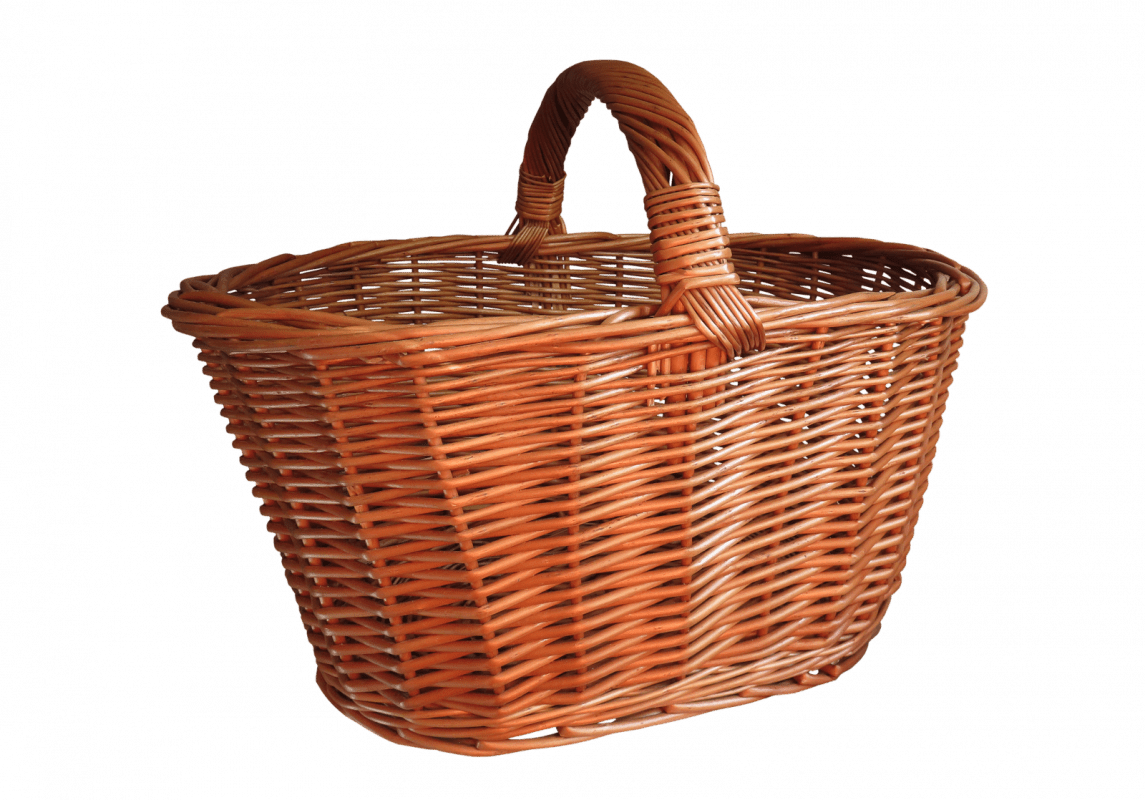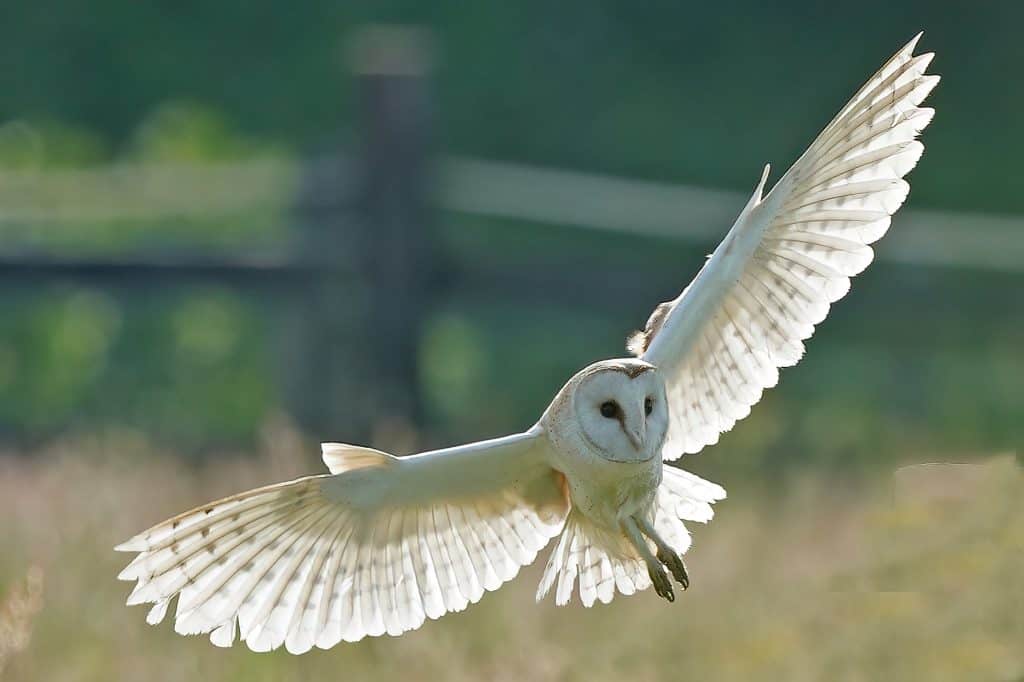Canada Goose
Branta canadensis
RSPB Conservation Status – Introduced
Last seen – 20-10-22
The Canada Goose is a large bird that is native to North America, but was introduced into the UK in the 17th century and has now established feral populations in various parts of the country.
It has a distinctive black head and neck, white cheek patches, and a brownish-grey body.
The Canada Goose can sometimes cause problems in urban areas, where large numbers of geese can create a mess and damage crops.
In these cases, management techniques such as egg addling and habitat modification may be used to control populations.
Facts
Population – Between 50,000 and 100,000 breeding pairs
Length – 90 – 110 cm
Wingspan – 150 – 180 cm
Weight – 3.2 – 6.0 kg
Breeding
The Canada Goose typically breeds between March and June, with both males and females participating in building the nest.
The female lays 4-7 eggs, which are incubated for around 28-30 days.
The chicks are born covered in down feathers and are able to walk and swim within hours of hatching.
Habitat
The Canada Goose can be found in a variety of habitats, including wetlands, lakes, rivers, and parks.
It is a highly adaptable bird and can thrive in urban environments, often being seen grazing on grass in public spaces.
Food
The Canada Goose is primarily herbivorous, feeding on a variety of plants and grasses.
It may also consume insects and small invertebrates, particularly during the breeding season.










